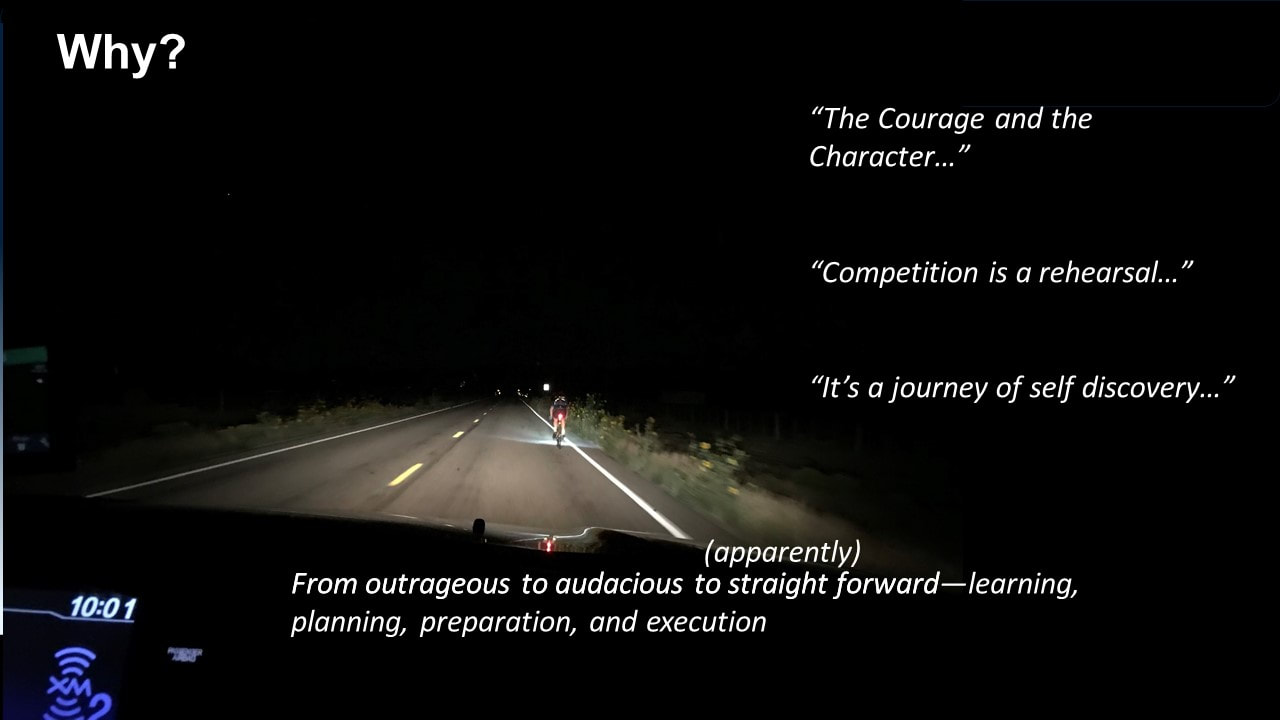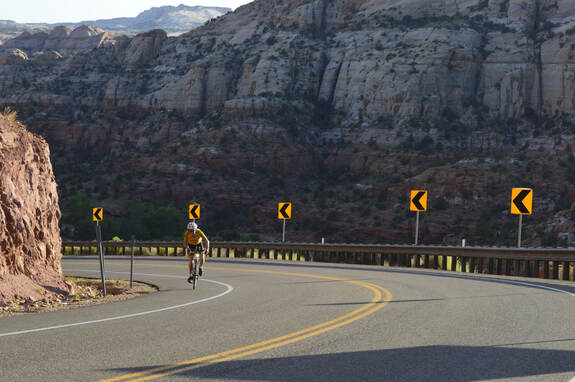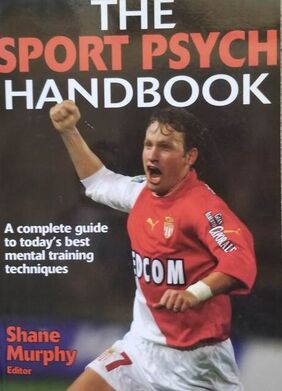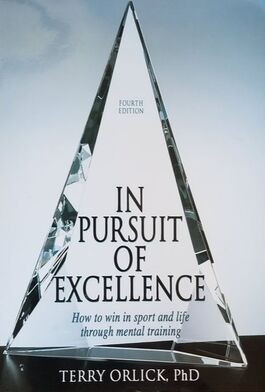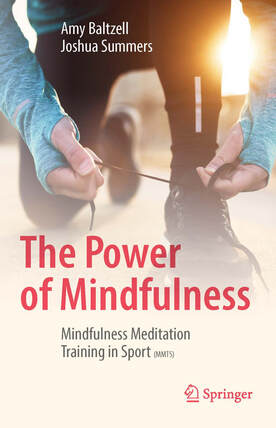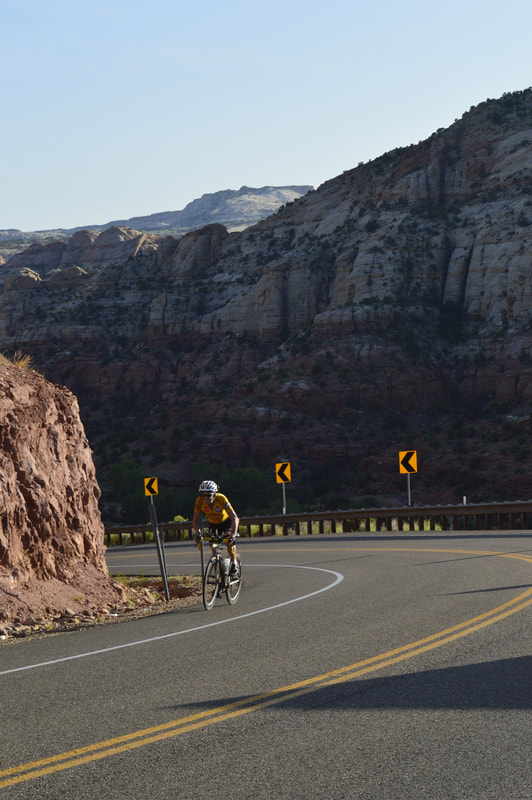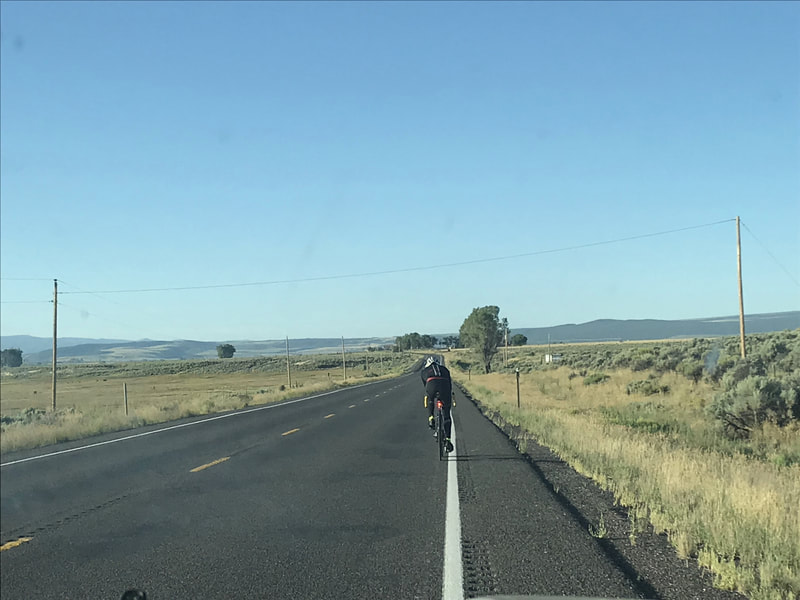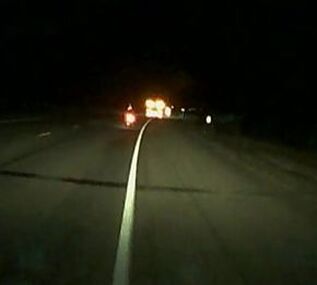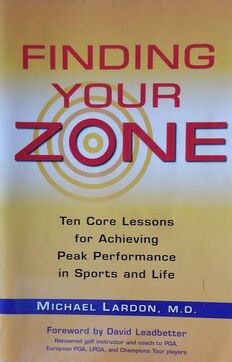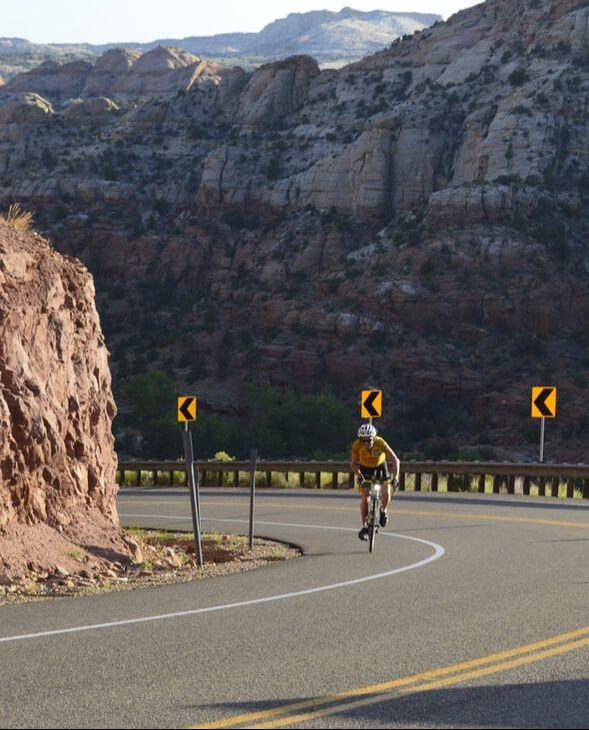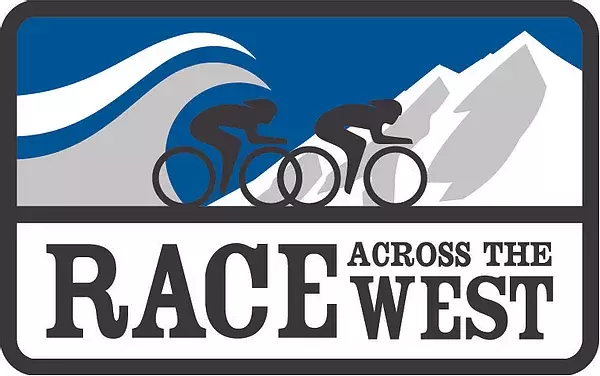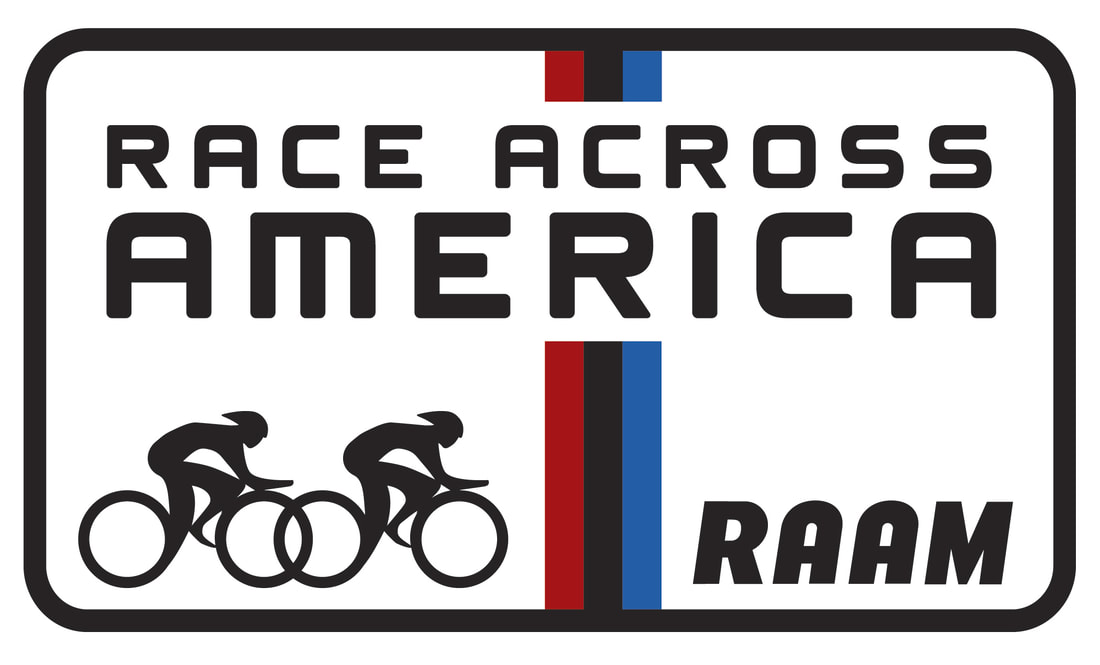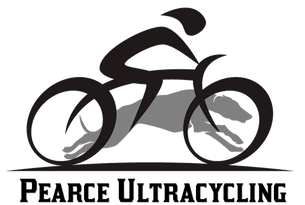|
Originally this blog was going to be a straight forward review of what went right, and what went wrong at Hoodoo 500. So much went very well at Hoodoo 500. I had 410 wonderful miles where everything went really well. I qualified for RAAM. I also had 100 miles where nothing went right, The Colossal Kingston Slowdown. during which 100 miles literally took all day. We have lots of technical ideas as to what went wrong: my computer battery failed, forcing us switch to the spare was not programmed with a time display, then not watching the time, I fell a bit behind in feeding, then I got chilled, and I didn't take a sleep break. In Maui, I realized there was a much simpler and fundamental root cause for The Collosal Kingston Slowdown--a simple loss of mindfulness. Building on this thought, I realized how important it is to immerse all of the various "whys" into a sea of mindfulness.
For many years, September includes a week long business trip to Wailea Maui to the largest open conference in my field. Usually the trip comes at the end of the season, and while I miss my bike, it is a welcome break from training that I need. My time at the conference is full of extremes. My days are full-- catching up with colleagues, many of which I only see in person once a year, discussing emerging technical issues and challenges, and developing prospects for future research. By contrast, my evenings are generally my own, time to walk down to the beach and experience Maui's incredible sunsets. I enjoy watching subtle rhythms and variations in the surf and the spectacular sunsets. Maui gives me a chance to be mindful, purposefully observing my surroundings in the context of my career, my training, and my life in a broader sense.
Mindfulness
Somewhat by coincidence on the flight to Maui, I was reading Wherever You Go, There You Are. by Jon Kabat-Zinn. It's a quick read, following up on his previous book, Full Catastrophe Living. Over the years, I have read many different books about mindfulness. Mindfulness is a common theme in sports psychology, the study of elite professional performance, and cognitive therapy to treat depression. Concepts in each of these three areas have considerable overlap, although these overlaps are not often discussed in self-help books, or even in the scientific literature. In the first edition of Wherever, Kabat-Zinn defines mindfulness as "paying attention in a particular way on purpose, in the present moment, and nonjudgmentally." When we are mindful we are not distracted by remunerations of the past or extrapolations future outcomes. In the simplest of terms, a mindful athlete recognizes that you are here, now, and with yourself.
One manifestation of mindfulness in traditional sports psychology is the goal to encourage the athlete to focus on the process and not the outcome (intensive vs. extrinsic motivation). Athletes that are process oriented enjoy their sport more and are happier. They tend to remain lifelong athletes. Process oriented athletes also perform better, and are less likely to choke in big competitions. They develop innate confidence without the need for prerequisite results. Process oriented athletes see setbacks as learning opportunities and not as embarrassments or catastrophes. This outlook helps the athlete maintain emotional control and attention by diverting attention away from negative thoughts that would interfere with performance. Nearly all life-long athletes are process oriented. Mindfulness enables the athlete to be process oriented and focus on the here and the now.
A Loss of Mindfulness
At Hoodoo, somewhere around Kingston at mile 320, I lost my mindfulness. It took me 12 hours and 100 miles to find it again. Before Kingston, I was totally immersed in the moment. Feeding and pace were practiced and happening without conscious thought. A missed handup was simply "no worries", I had every confidence my crew would stop at the next opportunity and get me another. I managed the demons of the Tropic Canyon Wobble with 30+ years of experience on the bike, again "no worries". Climbing the 15% grade out of the Escalante River Canyon at 200 miles in the fading sunset I felt so alive, and even stopped and exclaimed that to me crew. I was enjoying the sounds while riding through the night. I savored the rather surreal scene riding through stopped relay shuttle vehicles on the road climbing up Boulder Mountain on an otherwise deserted road. I had 320 miles of mindfulness.
In Kingston, at about 326 miles, this all changed. I started worrying about maintaining the lead I had established between myself and the riders chasing me. Then I got chilled, and a simple stop to quickly put on more clothes became a frustrating struggle to pull tight leg and arm warmers over sweaty limbs and figuring out how to quickly get the reflective vest-thing on and off. A second, then a third stop were required to get the clothing right. Without the time cue from my backup bike computer, I realized I was probably behind a bit on nutrition. Over the next 100 miles, I struggled, but most of all I spent way to much time thinking about what could have been, extrapolating my current situation into a catastrophe, and generally feeling pretty sorry for myself. In short, I was the antithesis of mindful. Every rider that passed me seemed to be its own little catastrophe. Now I realize, the feeding, the chills, the missed sleep break and the delays were all minor details which, if I had maintained my mindfulness, would have stayed exactly that, minor details.
Once over Bristlecone Summit and down into Cedar City, I got some rest and caught up on the feed and hydration. Most of all, I recaptured my mindfulness. I was again enjoying riding through into the fading twilight. I was bedazzled that I was riding into my second night, beyond 400 miles, and enjoying the experience. I expected and welcomed the odd shadows and tricks my mind would play on Bench Rd. I hammered the climb out of Enterprise and descent into St. George chasing down 2nd place in the 50+. I had much more fun, went much faster, and spent much less time off the bike. I enjoyed every moment. Once again, I was there, now, and with myself.
Beyond the Hoodoo
Mindfulness and the Zone
So, how do we find our way into the zone? After 30 years I still don't know. I think the key is to go back to the prerequisites. Train, practice, and prepare to build a foundation of innate confidence and familiarity of the task. Then, immerse yourself in mindfulness. In short, pay your dues, and hang out at the door. The zone will let you in when you are ready.
As a final observation, there is a place beyond the zone. It is a place where the governor is off and the pain is irrelevant. It is a place where there are no rehearsals. Survival demands complete acceptance of the current situation and peak performance. My experience visiting this place has refined and galvanized all of my ideals about about training and competing at an elite level. Its a story I have waited to share for 15 years, and my thoughts about it continue to evolve to this day. It's a blog for another day.
Final Thoughts on "The Why"
Ultracycling is a unique challenge. The distances that we cover that become ordinary to us are simply beyond any meaningful point of reference for most people. The duration and effort invites multiple opportunities for our mindfulness to be penetrated and corrupted by our own disruptive thoughts. Reviewing that 100 miles at Hoodoo brought all that into focus and more. We often speak of missing the forest for the trees. In Maui, there is a remarkable Banyan tree planted in 1873 in downtown Lahaina. The tree has thrived for nearly 150 years, and now stands 60 feet high and spans 2/3 of an acre. The tree has 46 major trunks, all interconnected by a complex network of branches and roots. Like the park surrounding the huge Banyan tree in Lahaina, mindfulness weaves all of the different reasons why we ride into a single remarkable theme. Mindfulness is the forest. I'm going to work more on my mindfulness.
0 Comments
|
Eric PearceMy interest in ultracycling dates back when I first started seriously riding a bike in college in the early 1980s. This is my RAAM story preparing to compete in the Race Across the West in 2020 and RAAM 2021. Archives
April 2023
Categories |


